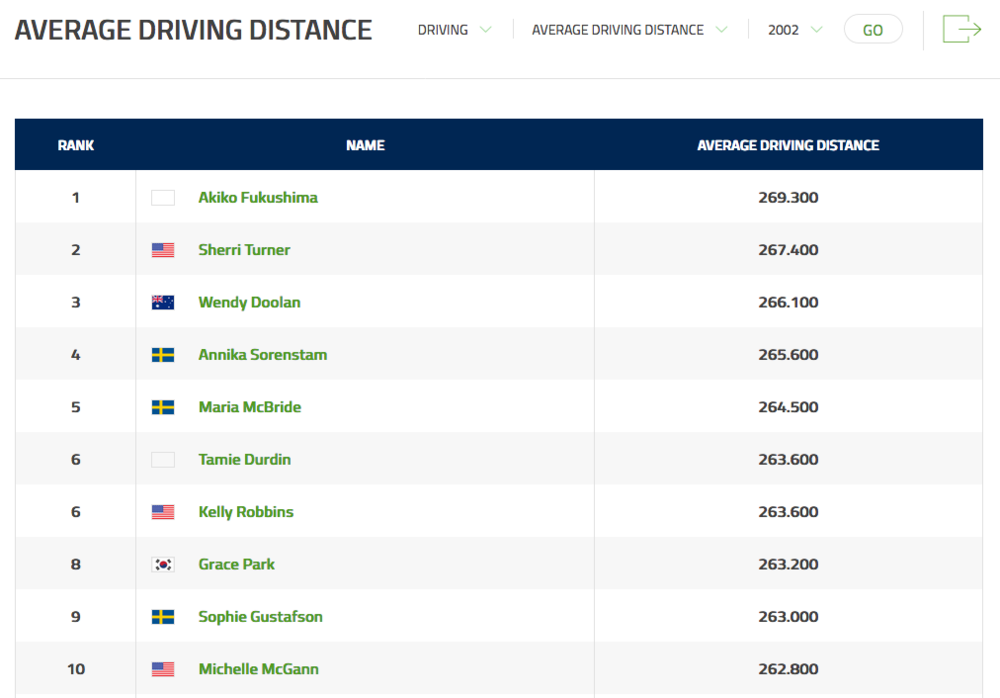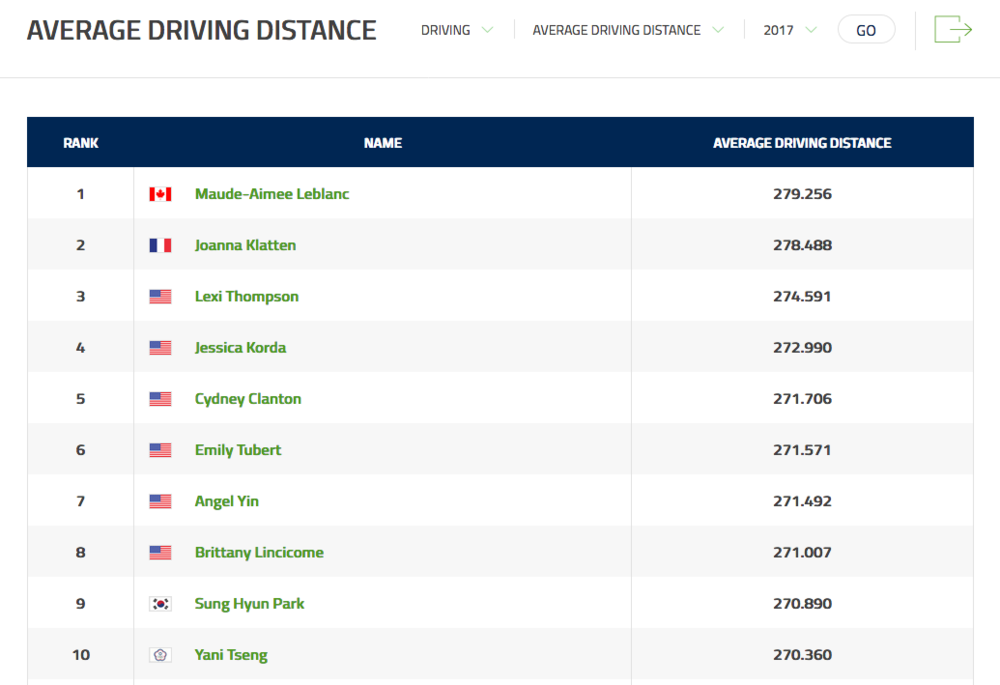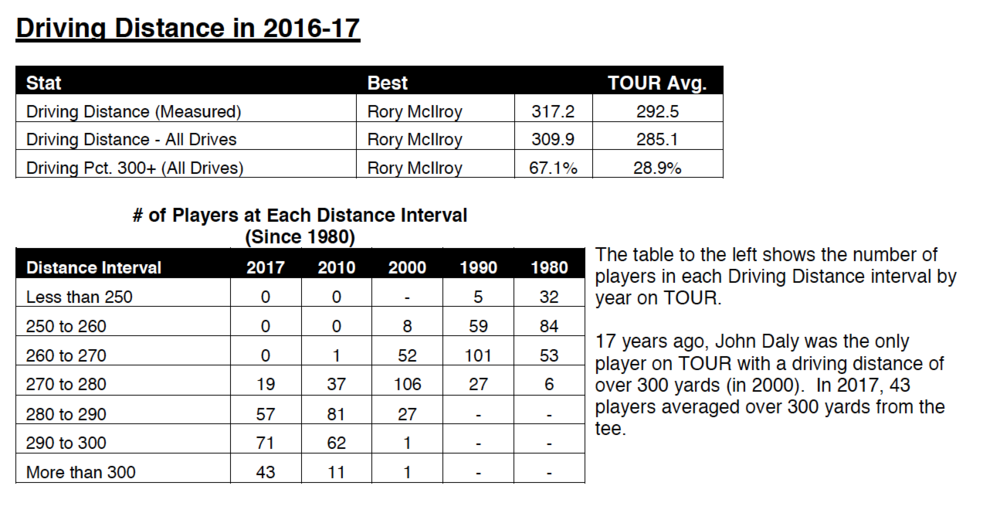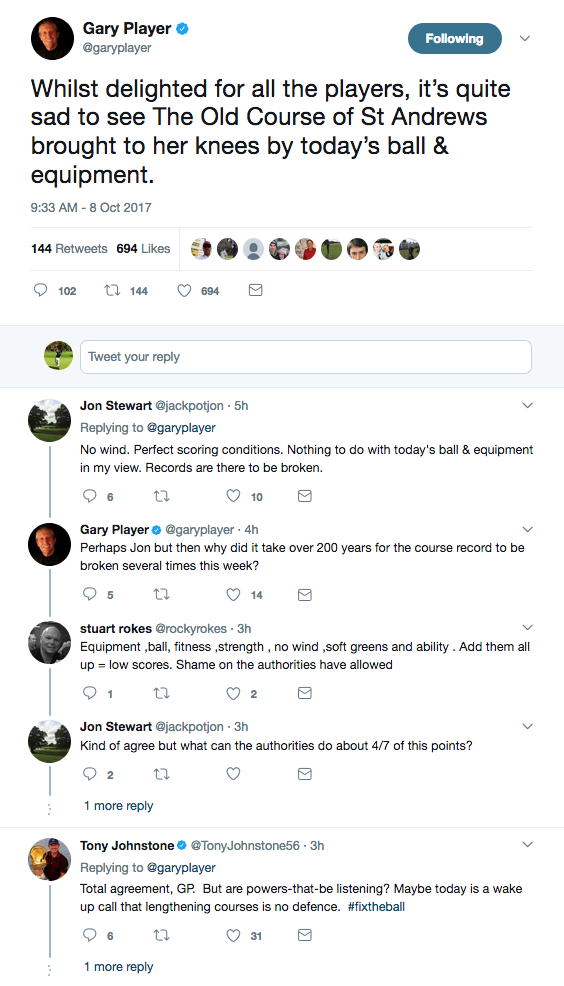When one comes to the quality of the bunkers and other hazards we pass into realm of much dispute and argument. Primarily bunkers should be sand bunkers purely, not composed of gravel, stones or dirt. Whether this or that bunker is well placed, has caused more intensely heated arguments outside of the realms of religion, than has ever been my lot to listen to. C.B. MACDONALD
Available via Amazon (US): Golf Architecture For Normal People
Barnes And Noble (online and in stores)
Bookshop.org option to support local independent bookstores.
Reviews:
"Golf Architecture for Normal People . . . should be required reading for those who are not ashamed to admit they know little about the subject, and for those who think they do . . . . Golf course architecture geeks have trouble slimming their thoughts down to bite-sized chunks, but Shackelford has achieved a remarkable success here." —Independent (Ireland)
"From the relative newcomer who’s slowly getting hooked to those that have played the game for most of their lives and think they know a thing or two, Golf Architecture for Normal People provides a solid and sober perspective that will help everyone recognize why some golf courses are worth playing more than once while a single trip around others is all you’re ever likely to want or need." —Links Magazine.
“It’s a wonderful book. An easy read that arrives just in time for your summer reading list. If you’ve never thought about how an appreciation for course design could heighten your enjoyment of the game, you must check this out.”—The Peterborough Examiner
"As in his prior publications, in his newest book Shackelford shows a deep appreciation for what can be done to create a golf course that appeals to the broadest possible golfing audience…Shackelford’s prose is succinct, often witty, and accessible."—Cape Gazette
"Author, blogger and golf architecture expert Geoff Shackelford, who helped Gil Hanse design Rustic Canyon and restore 2023 U.S. Open host Los Angeles Country Club, taps into his passion by creating a guide that helps every golfer understand the nuances of course design. Published by Tatra Press, the 164-page hardcover book is a must-read for every golfer to better understand the game they love." —Golf Pass
"Shackelford provides an informative picture [and]...sprinkles in history lessons about those who planted the game's architectural roots, defines common terms and helps you hone your eyes when it comes to identifying some of the tricks of the trade."—FORE Magazine
"This new book does a great job demystifying golf course design ideas for average players, but can also be a beneficial read fro PGA Professionals and other golf course employees to get a better understanding of their home courses." —PGA Magazine
Video: Add DJ To The Bifurcate-Via-The-Ball List
/Golf.com Gang Endorses Doing Something About Distance For Pros
/The technophobic press is really warming to this idea of addressing distance gains at the pro level and I just enjoy copying and pasting this so much!
The SI/Golf.com gang this week responded to the USGA's Mike Davis calling the leaps horrible for golf courses. The chat included Michael Bamberger, John Wood (Kuchar caddie), Josh Sens, Jeff Ritter, Joe Passov and Alan Shipnuck.
Bamberger: I couldn't judge the hurt-the-economics-of-golf question. The modern ball has made Tour golf, for me, less interesting and more of a slog. At my level (92-shooter!) the longer ball with space-age equipment has made the game more enjoyable but at the expense of beauty. I'm in favor of a ball for them and a ball for us. I think a softer ball that curves more is a better test of golfing skill at the highest level.
Ritter: Totally agree. I've never hit the ball farther than I do today, and that's certainly a blast. But the pros are decimating classic courses. The ball isn't the lone culprit, but it's certainly a factor. I see no harm in a ball for the Tour pros, and one for the rest of us.
Wood: I'm 100 percent agree with Michael. There's no reason to change the ball for the everyday player. (By the way, if you're a 10 handicap or more, you'll shoot the same score with a decent range ball that you would with one from a $60 per-dozen price tag, speaking of economics.) I can only comment on the competitive aspect of the balls. Shrink the allowable head size of a driver and roll back the ball a bit for the best of the best, and I think the game at that level gets more interesting as well as preserves classic courses for major championships
Any day now we are going to have a reduced-driver head distance study released, I just know it. Because no matter how you feel about the impact of distance, wouldn't it just be fun to know how much today's larger driver heads allow players to gain distance. Or not?
Shark Talks Weakness Of Today's Players Inside 150, Why The Masters Can Make Players Use Anything They'd Like
/We forget that when Greg Norman is not hawking golf carts and posting shirtless Instagram images, he can be a keen observer of the game.
In an interview with an unbylined Gant News writer filing for the CNN affiliate, Norman touches on Patrick Reed knowing so little about his clubs, LPGA players being more accurate with their drivers and many other topics.
But the two getting my attention involved what he sees as a big change in the prowess of today's players with a wedge approach (inside, gulp, 150 yards).
“If you look at today’s top players, their distance control inside 150 yards with a wedge is quite amazingly poor,” he said.
“These guys are 20ft short, 30ft left, 20ft long, their distance control is not consistent. It could just be the way they play — when it works, it works and when it doesn’t, it doesn’t.
“In our era, every time you’d put a pitching wedge in your hand, if you didn’t think you’d get the ball inside 10ft every time, or seven out of 10 times, you weren’t having any control over your golf game.”
I do see this in watching many of today's players compared to Norman's era and wonder what the exact cause is that makes Phil Mickelson and Zach Johnson such standouts in this distance.
On the topic of distance, Norman agrees with others that this is about sustainability and Augusta National could be the solution.
“I remember the eighth hole at Augusta was nearly impossible to reach in two and now these guys are hitting irons in there,” said Norman who finished second three times at The Masters, perhaps most notably in 1996 when he blew a six-shot lead and Nick Faldo took the green jacket.
“Augusta can’t lengthen itself anymore but the tech is going to allow these players to keep hitting it longer year after year.
“If they sent out an invitation to the players and said ‘you’re going to use a gutter percha ball and a hickory shafted golf club, go get them worked out, practice before you get there, the best player will still win that week.
“The best players have that ability to make that adjustment no matter what they’re using.”
Ogilvy Talks Rollback: "Seems Like It's Going To Happen"
/Ogilvy On Pro Golf: "We’ve completely outgrown the stadiums."
/Add Geoff Ogilvy (again) to the onslaught calling for professionals to be regulated.The timing now, however, adds to the sense the game's best thinkers have finally conceded something needs to change.
 Martin Blake, reporting from the Australian Open, on Ogilvy's comments in response to recent remarks of the USGA Executive Director.
Martin Blake, reporting from the Australian Open, on Ogilvy's comments in response to recent remarks of the USGA Executive Director.
“Major league baseball in America they use wooden bats, and everywhere else in baseball they use aluminium bats,’’ he said. “And when the major leaguers use aluminium bats they don’t even have to touch it and it completely destroys their stadiums. It’s just comedy.
“That’s kind of what’s happened to us at least with the drivers of these big hitters. We’ve completely outgrown the stadiums. So do you rebuild every stadium in the world? That’s expensive. Or make the ball go shorter? It seems relatively simple from that perspective.’’
Wally Uihlein Shifts To The Get-Off-My-Lawn Phase Of His Career: USGA Has No Evidence Of Escalating Costs
/In a letter to the editor, Acushnet CEO Wally Uihlein railed against the USGA claims of cost increases in golf due to distance advances. Be careful what you wish for Wally! Dylan Dethier at Golf.com reports on the response to Brian Costa's story Saturday.
Dylan Dethier at Golf.com reports on the response to Brian Costa's story Saturday.
"Is there any evidence to support this canard…the trickle down cost argument?” Uihlein wrote. “Where is the evidence to support the argument that golf course operating costs nationwide are being escalated due to advances in equipment technology?"
Let's see, off the top of my head there are studies underway on multiple fronts, golf course operators who can point to increased insurance costs due to safety issues and the simple common sense wave realizing the absurdity of an expanding footprint.
"The only people that seem to be grappling with advances in technology and physical fitness are the short-sighted golf course developers and the supporting golf course architectural community who built too many golf courses where the notion of a 'championship golf course' was brought on line primarily to sell real estate," he wrote.
Easy there Wally, short-sighted developers sell golf balls too.
And his jab at Bridgestone did not note the irony of his letter's intent, which would be a similar commercial motive, no?
"Given Bridgestone’s very small worldwide market share and paltry presence in professional golf, it would seem logical they would have a commercial motive making the case for a reduced distance golf ball," Uihlein wrote.
BTW watched this the other night and really is a special film. Warning, bad language! Racially insensitive comments!
**Thanks to reader JB for Brian Costa's follow up on Uihlein's reply, which ran under a headline titled, "Titleist CEO Blasts Push for Reduced-Distance Golf Ball" and subheadline, "Wally Uihlein issues forceful rebuttal against USGA plan to explore creating different sets of ball regulations for different players."
Bridgestone CEO: Standardize The Ball For Pros
/We'll ignore all of the business motives momentarily and just take in the first-ever CEO suggestion of a tournament ball in golf. The comment came during a Golf.com interview with Ryan Asselta where Bridgestone CEO Angel Ilagan said the time has come.
The comment came during a Golf.com interview with Ryan Asselta where Bridgestone CEO Angel Ilagan said the time has come.
"As it relates to the Tour...there needs to be something to standardize [the ball] because the guys are hitting it way too long," Ilagen says.
This marks the first time the chief executive of a ball company has called for a dialed-back ball.
And he offered this:
"I think there is an option to have a ball that is played on Tour, and a ball that is played casually," he said, adding that he gives a standardized ball a 50-50 chance of appearing on Tour in the near future.
There is the very reason possibility Bridgestone has made such a ball, perhaps even for the governing bodies to use in their studies and that it could be the basis for a competition ball concept.
That said, the standardized ball concept mentioned by Ilagan would not be relegated to one manufacturer, meaning brands with more market share and golfer loyalty would still be likely leaders in what sales there are for such a ball.
Why Nick Price Is Joining The USGA Executive Committee
/Match Play! 30 Years Of Tech Head To Head
/Nice work by Laz Versalles to piece together his old circa 1987 set and match it against today's stuff only to confirm today's clubs are better and yet, not quite as fun of a game as we used to play. He sets up his GolfWRX story this way (thanks to reader Peter V for sharing):
He sets up his GolfWRX story this way (thanks to reader Peter V for sharing):
Somewhere between my father’s 1987 dismissal of the crucible that was the Rich Acres Par-3 and Koepka’s brutish dismantling of Erin Hills, golf has become a wildly different game. But is it a better game? Is it more entertaining to watch? Does the technology that facilitates the game for the masses belittle the game’s rich history? Most importantly, is today’s game more fun to play? I set off on a crusade to find out.
Short of buying a silver DeLorean and traveling back in time to 1987, my best bet was to try and piece together the clubs I played as a teenager and pit them against my current set to see how they would match up. A Match of The Ages if you will; Teenage Me vs. Middle-Aged Me. The artistry of the late 20th century versus the power of the early 21st century. This was going to be fun.
And to spoil the ending, though I hope you'll hit the link...
Middle-Aged Me may have won the match 5 & 4, but Teenage Me definitely won the fun 10 & 8. A big part of that fun was getting reacquainted with a game I hadn’t played in a while. A game that was less about distance and more about shapes and trajectories. A game light on predictability and loaded with variety where a good drive didn’t mean wedges into every green. I saw the golf course as the architect had intended it to be seen, which let me appreciate more of its features.
Tiger: "We need to do something about the golf ball."
/As we had heard previewed a few weeks ago, Tiger Woods appears on Coach Geno Auriemma’s second “Holding Court” podcast and he gets much more insight than the traditional Tiger television interview.  Woods opens up about everything from technology to fly fishing to how he pays his caddie. Huge props to Coach Auriemma for asking great questions (and knowing the game and Tiger), but also to Tiger for doing a podcast where the conversational atmosphere leads to better insights. More than any interview I can recall, you hear him go into the kind of depth that shows how smart he is and how much thought he gives to all subjects.
Woods opens up about everything from technology to fly fishing to how he pays his caddie. Huge props to Coach Auriemma for asking great questions (and knowing the game and Tiger), but also to Tiger for doing a podcast where the conversational atmosphere leads to better insights. More than any interview I can recall, you hear him go into the kind of depth that shows how smart he is and how much thought he gives to all subjects.
I most enjoyed his thoughts on technology and the ball. Transcribed here for proper documentation as I'm sure his support of any effort to create a tournament ball will be very important.
After talking about persimmon and the differences in spin and accuracy of contact for his generation and today's stars, Coach asks "if they had to play with persimmon and the old balata balls, would they still be able to do it?"
No. Because we were taught to knock off spin and the new balls don’t spin a whole hell of a lot. They go a lot further and a lot straighter but they don’t spin. Well, now these guys, let’s say Bubba Watson, who curves the ball a ton with these harder balls. If he played a balata it might be coming back at him. Like a complete boomerang.
Auriemma then asks if Tiger would be in favor of any equipment changes in the game right now?
The only thing I would say is that we need to do something about the golf ball. I just think it’s going too far because we’re having to build golf courses…if you want to have a championship venue, they’ve got to be 73, 7400 yards long and if the game keeps progressing the way it is with technology, I think that the 8,000 yard golf course is not too far away. And that’s pretty scary. We don’t have enough property to be designing these types of golf courses. And it just makes it so much more complicated.
Oh to have been there when one of Tiger's really cool routings was spoiled by having to get more yardage. Welcome to the architectural migraine maker!
Coach asks if there is "any consensus on tour of how, is there some feeling on tour among the guys?"
Some of the guys say yes. The USGA is already looking at it. They’re doing some research on what the world would look like if you rolled it back 10 percent, 15 percent and 20 percent…the game of golf is on the kind of, there’s a down cycle as far as participation. We don’t have a whole lot of new golfers coming into the game. We don’t have any sustainability in the game as well. So, with that being said, you don’t want to give up the amateurs from hitting the ball further and straighter. But with the tour pros you might want to roll the ball back. The talks we’ve had on tour with the Commissioner and our board is where is the line of demarcation. Do we have it at PGA Tour levels, do we have it at the Web.com Tour level, do we have it at the mini-tour level, so there is that debate as well. I don’t see it happening in the near future but at least there’s talks about it now.
Keep talking Tiger, you are helping to make it happen.
Auriemma then talks about the modifications made in auto racing to keep tracks safe and relevant. Tiger offers this Wimbledon analogy:
I think a good analogy, or good comparison would be tennis. Back in 2001, 2000, somewhere in there, Goran Ivanisevic served over 200 aces for the fortnight, since then they’ve rolled the ball back, more fuzzy, a little heavier so the ball doesn’t travel as fast. They did the same thing at the U.S. Open, and the Australian Open. So they’ve made alterations to the ball to accommodate the strength and the power of the equipment and the strings and the racket as well as the pure athleticism of the bigger servers. Well that’s the ball analogy with another sport so why can’t we do the same thing with another ball sport, golf, and slow it down just a little bit.
Episode 2 featuring @TigerWoods is LIVE. Click the link to listen! https://t.co/M2iRy5MXBK
— Holding Court (@GenoPodcast) November 3, 2017
Flashback, Tiger On Distance: "There's different ways you can get around it so that we're all playing under certain speed limits."
/In Sunday's Irish Independent, Dermot Gilleece took an entertaining look at the golf ball, considering its role in the game as a precious piece of equipment compared to other sports. He was inspired by comments from Rory McIlroy during last week's Alfred Dunhill Championship at St. Andrews to revisit the idea of a tournament ball and recounted this exchange with Tiger Woods.
He was inspired by comments from Rory McIlroy during last week's Alfred Dunhill Championship at St. Andrews to revisit the idea of a tournament ball and recounted this exchange with Tiger Woods.
The comments were from the 2004 American Express Championship at Mount Juliet.
DG: "Would you be prepared to play with an official tournament ball designated for each event?"
TW: "What do you mean by 'tournament ball'? Do you mean with the same spin rate, same launch angle, hover, same speed of core?"
DG: "I mean a uniform golf ball that would be the same for everybody."
TW: "So everybody plays with the same spinning golf ball?"
DG: "Same golf ball."
TW: "I don't think that would be right because there's too many guys have different games and different types of swing. But I think you should put a limit on the speed of a golf ball, the spin-rate of a golf ball. You can increase the spin of the golf ball and make it so that we don't hit the ball as far. You can decrease the speed of the core. There's different ways you can get around it so that we're all playing under certain speed limits. Hopefully that will be the answer to a lot of the problems that we're having with golf course design around the world."
That was 2004!
As an aside to the speed limit comment, check out the shift in LPGA Tour leading driving distances from 2002 to 2017. While about a 10 yard limit, there is nothing going on like we're seeing in the men's game where optimization of launch conditions suggests gains are being made by top men that are out of proportion with gains the rest of the sport has enjoyed:
2002:

2017:

2016-17 PGA Tour Distance Average Up 2.5 Yards To 292.5
/One key crime of the wraparound: not getting to disgest, analyze and celebrate the many fun stats produced by the players and documented by the ShotLink system.
 Thanks to the crack crew at ShotLink I just started looking over the 2016-17 stats as we roll into week two of 2017-18. Naturally, I went to the distance numbers first and the overall average spiked from last year's 290.0 number.
Thanks to the crack crew at ShotLink I just started looking over the 2016-17 stats as we roll into week two of 2017-18. Naturally, I went to the distance numbers first and the overall average spiked from last year's 290.0 number.
I'm fairly certain the 292.5 yard average for 2016-17 makes it a record year, proving yet again that core work and heavy use of foam rollers can pay dividends.
All drives in '16-17 averaged 285.1, but the records do not go back as far to put that number into perspective.
(Just a reminder here that the USGA and R&A Joint Statement of Principles was issued in 2002 suggesting significant increases would set off alarm bells. The PGA Tour Driving Distance average in 2002 was 279.5 yards, meaning a 13-yard increase since then.)
As for 2016-17...check out the interval chart:


Note that 43 players averaged over 300 yards, compared to 27 in 2015-16. That's also a new high mark for 300+ average. Just one player (John Daly) averaged over 300 yards in 2002 when the Statement of Principles was issued.
Do I need to keep going?
Hmmm, Files: Old Course, Carnoustie Course Records Fall During Alfred Dunhill Championship
/There will be the usual hysteria after a record falls that something must be done and while I always find that shortsighted and slightly disrespectful to the players involved--but let the hysteria begin!
 Ross Fisher had an amazing shot at 59 during the Alfred Dunhill final round over the Old Course, in spite of a glacial round pace caused in part by the pro-am format. But a last hole three-putt from the Valley of Sin left him with 61 and a new record. Victor Dubuisson was on a 59 watch a few groups ahead of Fisher, but settled for 63.
Ross Fisher had an amazing shot at 59 during the Alfred Dunhill final round over the Old Course, in spite of a glacial round pace caused in part by the pro-am format. But a last hole three-putt from the Valley of Sin left him with 61 and a new record. Victor Dubuisson was on a 59 watch a few groups ahead of Fisher, but settled for 63.
Fisher was gutted to have finished the way he did, but well aware of his accomplishment.
“But to go out and shoot a score like that, with no bogeys, I just saw the lines and was hitting good putts and they were going in and I didn’t want it to end.
“At the home of golf, I wanted to try and give that putt on the last a try for 59 and it just came up a bit shy and then unfortunately I didn’t hit a great (birdie) putt, so unfortunately had to settle for a 61 – but I would definitely have taken it.”
The Fisher scorecard:
Why should we be hysterical when the distance situation at classic courses has been an issue for nearly two decades ago, with huge leaps since the governing bodies drew a line in the sand (2003)?
Because course records get attention, especially when it's the Home of Golf and especially on a course not using some of the absurd Open Championship tees employed by the R&A to mask distance leaps.
While most of us know modern course conditioning combines with today's instruction technology and brain power, should lead to records falling. And that's just fine. But couple that with players rarely hitting a long iron due to courses being overwhelmed, and these accomplishments should be warning signs that the importance of certain skills has been diminished to the point that such a record may need an asterisk.
Gary Player took to Twitter to remind us that the Old Course is pretty defenseless these days.

This comes on the heels of Tommy Fleetwood shooting 63 at Carnoustie to establish a new course record there.
Fleetwood was honored by the accomplishment, reports The Telegraph's James Corrigan.
“Carnoustie course record holder – it sounds good doesn’t it? It was a good day’s work by any standards,” Fleetwood said. “When you consider all the great players who have played here, in Opens and in this tournament, it is very special to have the lowest score ever recorded on this course. Yeah, I hit it in some places where you probably won’t be able to get able to hitting it when the Open comes back here next year, but I’m still very proud.”
Erin Hills Fallout: Shinnecock Hills To Be Narrowed After Restoration Widening
/In light of the recent brouhaha over player comments at TPC Boston's forced layup that caused driver-hugging players to go down another fairway, Jaime Diaz concludes for Golf World that recent distance gains are going to keep leading to more setup and design dramas. He says the big picture of recent course setup issues suggests "a day of reckoning is coming." Much of that conclusion is based on this disheartening news out of Southampton.
Much of that conclusion is based on this disheartening news out of Southampton.
Next year the U.S. Open is going to a Golden Age classic, Shinnecock Hills, artful in the extreme, but also shortish. It’s the kind of venue that is most at risk of being overrun by the modern game.
In the last few years, Bill Coore and Ben Crenshaw restored the course. The fairways were widened (up to 60 yards), the greens expanded, and trees were removed. Visually, the result was spectacular, and the club’s members have loved the changes.
The USGA, too, initially sang the restoration’s praises, but recently officials have reconsidered their original setup plans at Shinnecock. The fairway width—done to create more strategic angles and options—was deemed too wide (perhaps in the wake of Erin Hills). Native fescue rough is now being planted on the edges of the fairway to narrow them back down. The course won’t be as narrow as it was when it held the championship in 1986, 1995 and 2004, but it will be narrower than what was originally planned on for 2018.
Why? Diaz concludes...
So that the art of Shinnecock can be brought out rather than overrun, the decision was made that long and crooked has to be punished.
In an odd way I wonder if such a high profile change to such a high profile course this late in the game is being implemented with the full knowledge that this reinforces the need for a variable distance ball?











